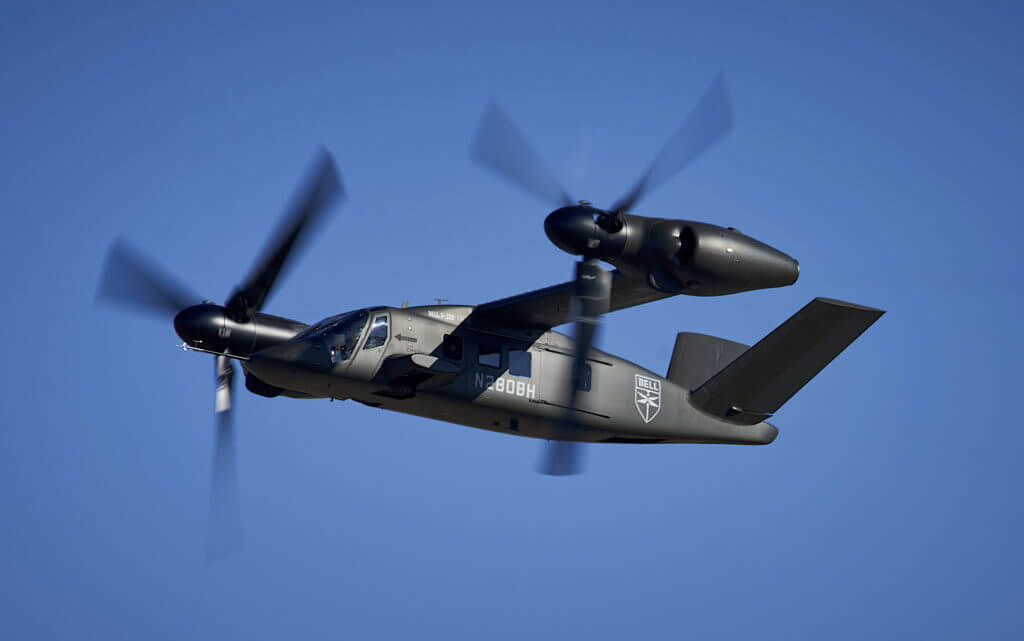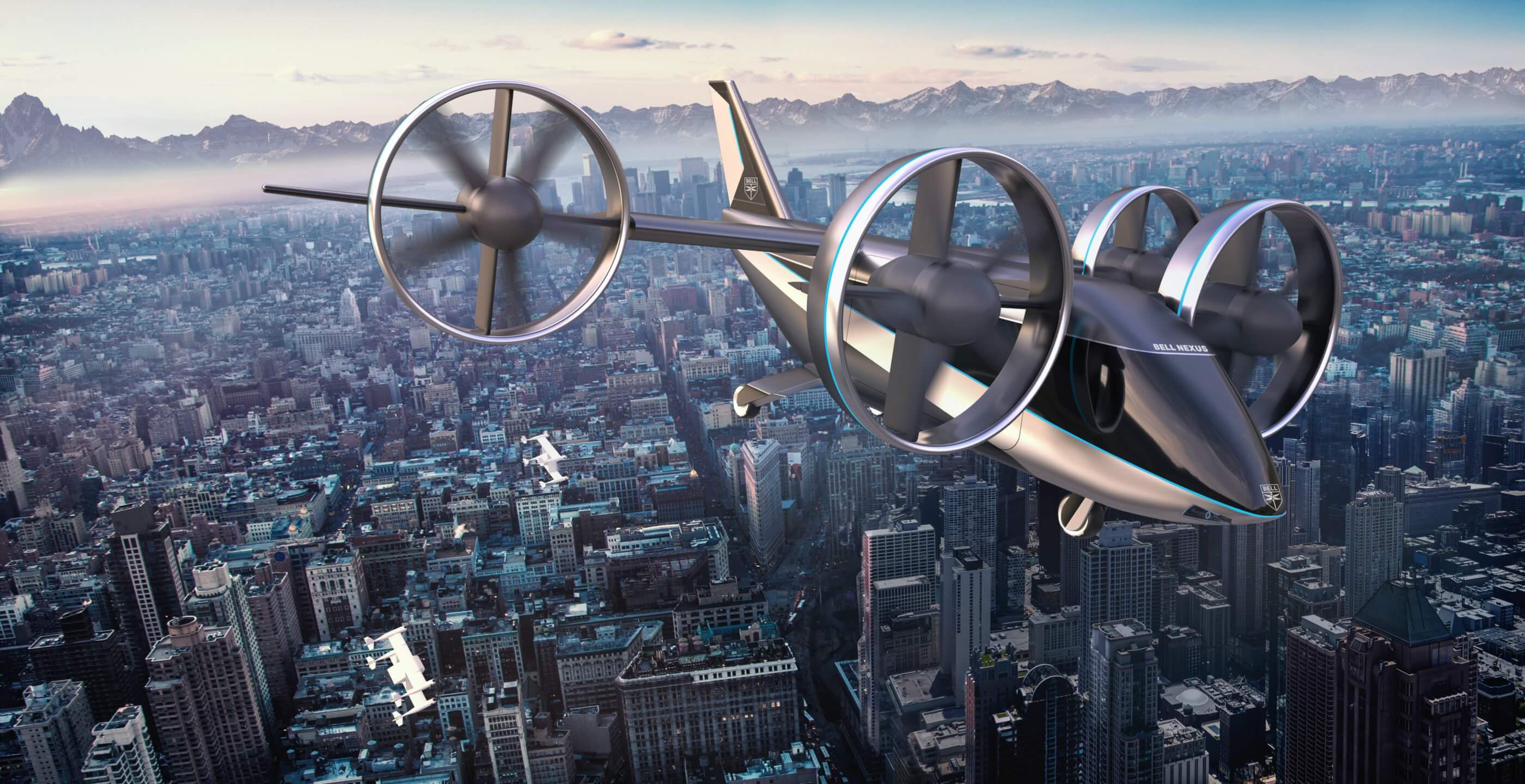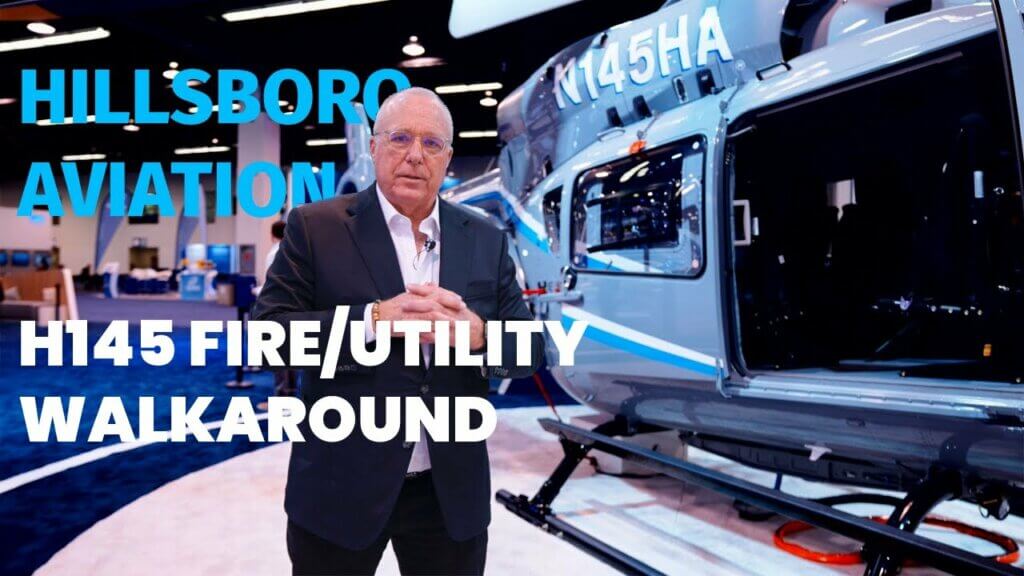Bell’s new vice president of Innovation, Jason Hurst, will be pursuing military technologies “beyond Future Vertical Lift” in his new role, while also leading the company’s ambitious expansion into electric vertical take-off and landing (eVTOL) aircraft.
Speaking with Vertical shortly before his appointment was announced on April 27, Hurst said that Bell’s Innovation division is already looking ahead to a future in which the U.S. Army has modernized its vertical-lift fleet, and is seeking the next edge.
“If you look at what the Army modernization is doing right now with the light [and] medium aircraft to where they can have higher speeds, longer ranges — they’re setting the bar for what military aviation looks like with that,” Hurst said.
“We’re looking at, what’s next beyond that? . . . Then we’re also looking at what are the next things the [military needs] so their cargo and supply lines can keep up with their other aviation elements.”
Hurst replaces Scott Drennan, who recently left Bell to become VP of Hyundai’s urban air mobility division. A Texas native and career Bell employee who started with the company in 2002, Hurst most recently oversaw military programs including the V-247 Vigilant, an unmanned tiltrotor; and the U.S. Marine Corps variant of the V-280 Valor tiltrotor.

Some of the personnel who worked with Hurst on those projects are likewise transitioning to Innovation, bringing their expertise in conceptual design and autonomy in what Hurst described as “a natural fit.”
Bell’s Innovation division is an independent team within the larger company, structured to encourage experimentation and creativity. As Hurst explained it, “we are the originating point for any new clean-sheet designs, or any new technologies that would apply to existing designs. . . . We go through a rapid development process, and then we hand that off and cycle through to the next thing.”
Recently, the division has been particularly focused on eVTOL aircraft, unveiling its Nexus air taxi to great fanfare at CES 2019. That version of the Nexus was hybrid-electric with six tilting, ducted fans; at CES 2020, the company revealed a fully electric, four-ducted version, the Nexus 4EX.
“We’re continuing to mature that technology, and the vision for that is that it will feed into potentially multiple configurations down the road,” Hurst said. “Obviously, there’s a lot of opportunity for that to emerge over the next five to 10 years as the regulations and the technology both develop.”

Bell’s Innovation division has also been spearheading development of the Autonomous Pod Transport (APT) family of scalable unmanned aircraft systems for both commercial and military logistics missions. Hurst said that the APT 70 — which has a nominal 70-pound (30-kilogram) payload — has recently had “a couple of awesome demos with the military, both with the Marines and the Army.”
Meanwhile, APT 70 is still scheduled to fly beyond visual line of sight through the Dallas-Fort Worth metropolitan area in July of this year as part of a NASA Systems and Integration Operationalization demonstration activity. “Although the Covid-19 pandemic could potentially alter those plans, Hurst said, “we haven’t had any delays internally on prepping for that.”
The turmoil caused by Covid-19 notwithstanding, Hurst said it’s a particularly exciting time for him to step into his new role. When he joined the company 17 years ago, “there wasn’t a lot of new development going on,” he recalled. “Now, with the Army modernization going on, with the shift to eVTOL, there’s more new products under development than we’ve ever seen here. . . . The environment is rich for a team like this to have a lot to work on.”









